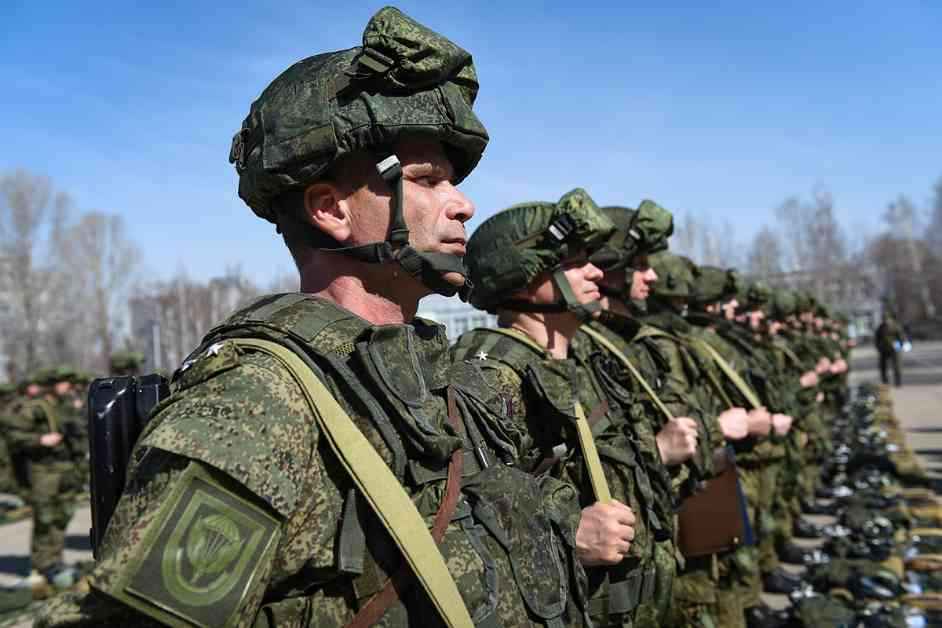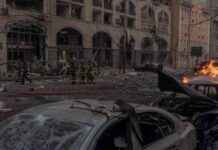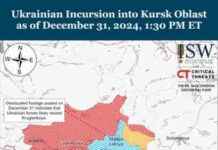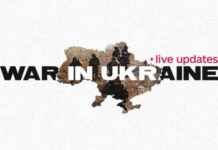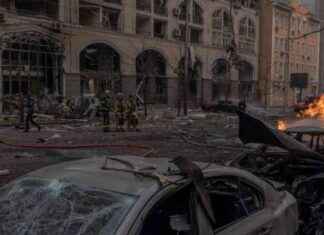Russian Troop Recruitment Crisis Slows Ukraine Advance by Half
Military expert Yevhen Dykyi has shed light on the current state of affairs in Ukraine, revealing that Russia’s advance has slowed significantly in recent weeks. The ongoing conflict in various regions of Ukraine and Russia’s Kursk has created a dynamic military landscape, with both sides locked in continuous skirmishes. Ukrainian forces are concentrating on fortifying their defensive positions and incorporating cutting-edge technologies, while Russian forces persist in their aggressive maneuvers on multiple fronts.
Despite the diminished pace of advancement, Russian forces are still managing to capture Ukrainian territory by leveraging their considerable manpower. The regions of Kupiansk in Kharkiv Oblast and Pokrovsk in Donetsk Oblast remain particularly vulnerable to Russian incursions.
However, Dykyi has pinpointed a critical issue plaguing the Russian military—the severe challenges they face in replenishing their ranks with new recruits to replace the wounded and fallen soldiers. According to him, the intensity of the fighting remains high, but Russia’s progress has decelerated by approximately 50%. The gradual depletion of their forces is becoming increasingly evident, as the massive number of troops initially mobilized is now dwindling. Recruitment efforts have nearly ground to a halt, posing a significant obstacle for the Russian military.
The recruitment crisis is exacerbated by the fact that Russia’s reserves from the 2022 mobilization have largely been depleted, leaving them heavily reliant on contract soldiers enticed by financial incentives. However, even this pool of recruits is drying up, not due to insufficient payments, but rather a scarcity of individuals willing to put their lives on the line for monetary gain. The recruitment stall is occurring concurrently with mounting losses on the battlefield, painting a grim picture for Russia’s military prospects.
In a recent meeting, Commander-in-Chief of Ukraine’s Armed Forces, General Oleksandr Syrskyi, discussed the military achievements of January 2025. He noted a slight increase in the number of units withdrawn for combat readiness restoration during the month. Ukraine’s primary objectives include operations in Russia’s Kursk Oblast and targeted strikes on military installations deep within Russian territory. The Ukrainian Armed Forces are committed to fortifying their defensive lines, thwarting Russian advances, enhancing troop training, and expanding drone utilization to bolster their strategic capabilities.
Frontline Challenges and Strategic Shifts
The situation on the ground is ever-evolving, with both Ukrainian and Russian forces facing unique challenges and strategic considerations. The recent withdrawal of Ukrainian garrisons from Velyka Novosilka following the severing of supply routes by Russia underscores the complex interplay of logistical and tactical factors at play in the conflict. Meanwhile, reports from Reuters indicate that Russia’s relentless advances in Pokrovsk have intensified, albeit with newfound caution to preserve troops and artillery—a tactical shift that could signal a broader strategic recalibration in the region.Expert Analysis and Geopolitical Implications
Insights from the Institute for the Study of War (ISW) shed further light on the evolving dynamics of the conflict, with Ukrainian forces making significant headway in Kharkiv Oblast and near Donetsk’s Pokrovsk, while Russian advances in select Donetsk sectors pose ongoing challenges. The conflicting narratives surrounding the capture of Velyka Novosilka in Donetsk Oblast highlight the fluid nature of the conflict and the strategic importance of controlling key territories. As the geopolitical landscape continues to shift, it is essential to monitor these developments closely to discern the broader implications for regional stability and international relations.
Insights from the Institute for the Study of War (ISW) shed further light on the evolving dynamics of the conflict, with Ukrainian forces making significant headway in Kharkiv Oblast and near Donetsk’s Pokrovsk, while Russian advances in select Donetsk sectors pose ongoing challenges. The conflicting narratives surrounding the capture of Velyka Novosilka in Donetsk Oblast highlight the fluid nature of the conflict and the strategic importance of controlling key territories. As the geopolitical landscape continues to shift, it is essential to monitor these developments closely to discern the broader implications for regional stability and international relations.
As the conflict in Ukraine unfolds, the impact of the Russian troop recruitment crisis on the trajectory of the war remains a pivotal factor. The challenges faced by the Russian military in replenishing their ranks and sustaining their offensive operations could have far-reaching consequences for the outcome of the conflict, shaping the strategic calculus of both sides. With no clear end in sight to the hostilities, the evolving dynamics of the conflict underscore the fluidity and complexity of modern warfare in a rapidly changing geopolitical landscape.
